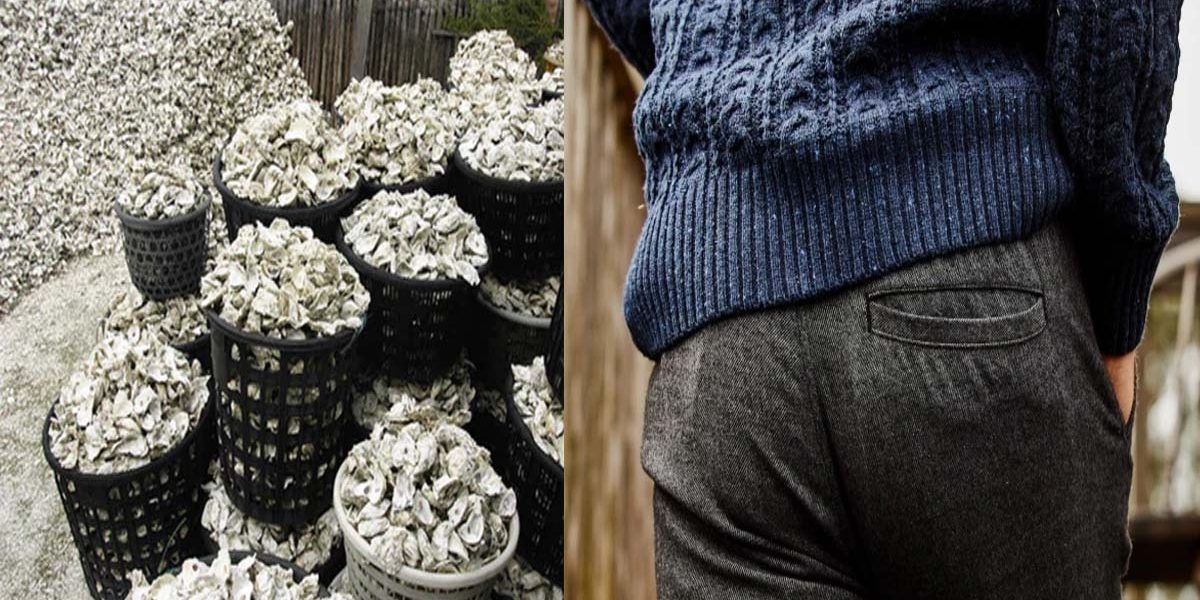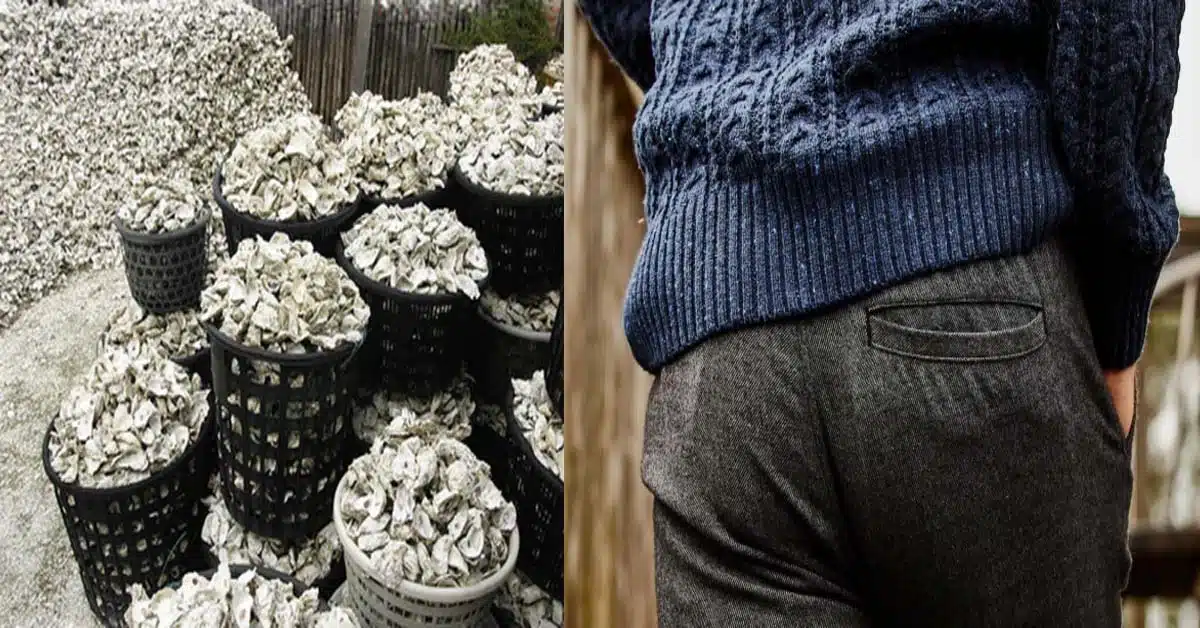Researchers at the Creative Tech Textile Co., Ltd. in Taiwan have revealed a new fabric that will keep vegans warm without using full-on synthetics as an alternative to sheep or alpaca wool and cashmere. It’s also a product that goes a long way when purging the seas of plastic refuse.
This new product, Seawool, is a compound fabric made from crushed oyster shells and upcycled PET plastic bottles scavenged from the sea. The global fashion industry is hailing the game-changing process used to spin and weave this fabric as a significant step towards sustainability. Specifically, it promotes sustainable materials and methods to create fabrics and garments.
Wait, Oysters are Vegan?
While oysters are animals, some vegans do eat them as these creatures do not have a central nervous system, meaning they are non-sentient and cannot feel pain. According to these ostrovegans, this makes these mollusks all right for consumption.
But oysters are also notorious for being a source of refuse, as the shells left behind after shucking are usually trashed and sent to landfills. In Taiwan alone, this results in around 160,000,000kg (approximately 352.74 million pounds) of garbage annually – and that’s a shame as these shells are considered a dynamic biomaterial that can be processed for a number of uses.
While it did take a decade, the R&D team at Creative Tech Textile hit upon a method that combines powdered oyster shells (mostly recovered from the F&B sector) with scavenged and ground PET bottles to develop fibers that are comparable in quality to animal-sourced wool.
According to the team behind the product, a sweater knit from Seawool will most likely contain at least five oyster shells and around eight recycled PET bottles. The process used to create the fabric is also more sustainable compared to the methods employed for carding, spinning, and weaving animal-sourced fibers. As a result, producing Seawool also leaves a considerably smaller carbon footprint than conventional shearing and processing.
How Does it Compare to Regular Wool?
Fabric experts who had the opportunity to test Seawool first-hand say that it is 99% comparable to animal wool and can keep wearers warm even in zero-degree weather. Garments made of Seawool are also wrinkle-proof, water-resistant, and surprisingly static-free. While Seawool is primarily being used for clothing, its producer also suggests that you can use it for cold-weather bedding.
Currently, Seawool garments and accessories are sold by three clothing brands, namely Coster Copenhagen, Huckberry, and Mountain Khakis.







